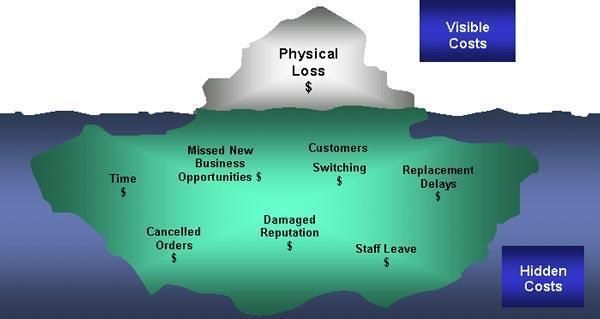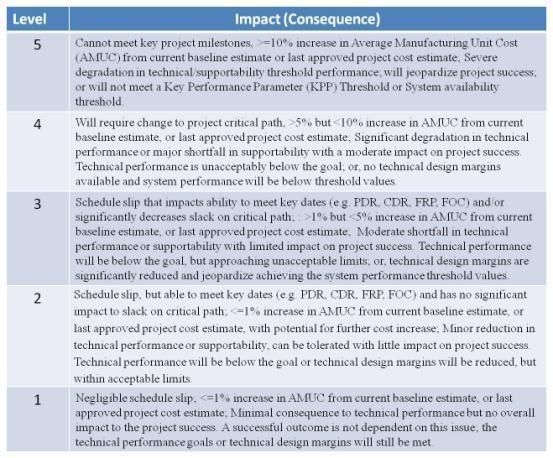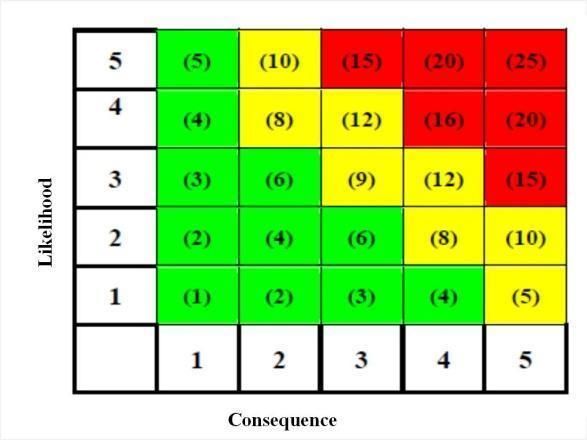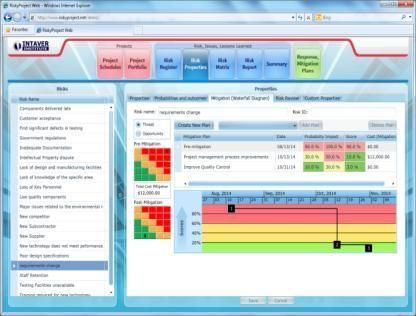Hall Associates Risk Management Capabilities

We offer risk management for small and large businesses and organizations to enable them to proactively protect themselves from internal and/or external threats and vulnerabilities. Our Risk Management process and procedures are designed to be tailored for any size
business or organization and to proactively aid in keeping your business or organization viable, minimizing impacts from inside and outside threats, regulations, people’s actions and non-actions, protecting your employees and customers and preserving your data, records and
physical assets.
Risk Areas
All of the following risk areas that should be considered for appropriate management attention :
• Technical
• Management
• Enterprise
• Operational
• External
• Organizational
business or organization and to proactively aid in keeping your business or organization viable, minimizing impacts from inside and outside threats, regulations, people’s actions and non-actions, protecting your employees and customers and preserving your data, records and
physical assets.
Risk Areas
All of the following risk areas that should be considered for appropriate management attention :
• Technical
• Management
• Enterprise
• Operational
• External
• Organizational





